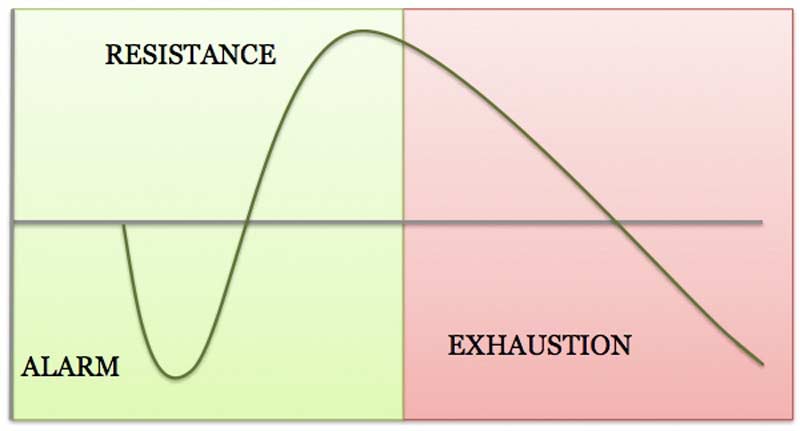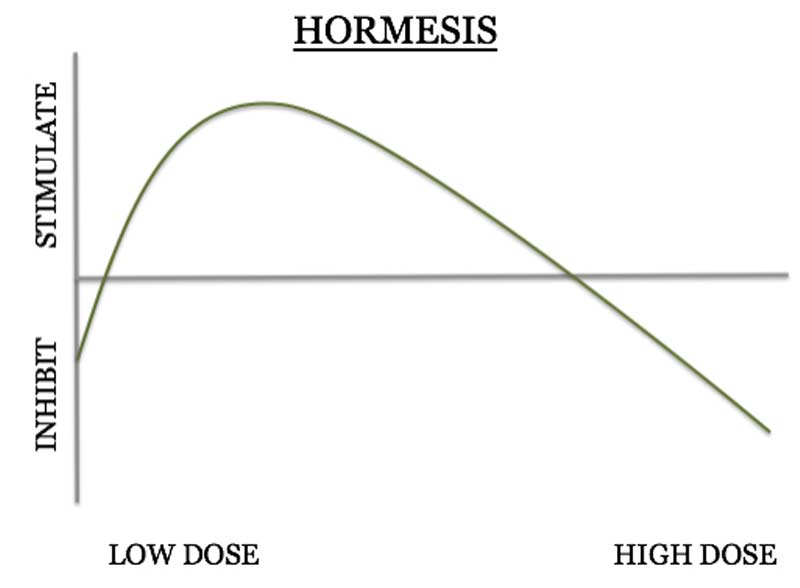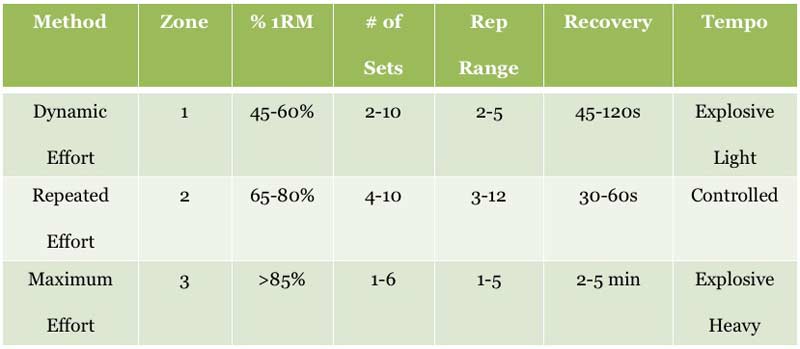[mashshare]

The role of the weight room in training endurance-based athletes is often relegated to high-volume, low-intensity parameters. The purpose of this article is to highlight additional benefits such as increasing robustness, improving movement quality, and minimizing energetic cost.
Training 101
Before getting into the direct benefits, it is important to take things back a step. Many of the sport coaches that visit ALTIS discuss the difficulties they have in determining where to begin with their strength and power programming. In addition to the more commonly discussed avenues of conducting a needs analysis and developing a periodized annual plan, it is beneficial to look at the role of the weight room through the lens of fatigue management.
It is beneficial to look at the role of the weight room through the lens of fatigue management, says @jhettler24. Share on XThis leads us into the sequence of stimulate, adapt, stabilize, and actualize. Factoring in the role that each of these phases will have at any given stage in an athlete’s development can help bring clarity to the process.
For instance, both developing athletes and athletes who are brand-new to strength and power training (and the accompanying requisite movements) will need to navigate this entire sequence to ensure they have the ability to actualize the movements necessary to progress their training safely and efficiently. Conversely, athletes with a greater training age may cycle through periods where the priority falls on either stimulation and adaptation, or stabilization and actualization, or the entire sequence, depending on ability and time of year.
With fatigue management being a key tenet when introducing strength and power training to endurance athletes, it is wise to initially put the focus on the first half of this sequence. Ensuring the athlete group experiences zero negative transfer to their sport performance is paramount to getting athlete buy-in. Therefore, the greater understanding we have of all that falls into the category of a stimulus—and the unique ways our body adapts to said stimulus—the better we can control fatigue and the athlete’s subsequent mindset toward this type of training.
Stimuli can be categorized as either acute or chronic, with the former being short-lived and positive in nature and the latter being long-lasting with negative consequences. This is not to be confused with training loads specifically—rather, here we mean the stimuli we experience from a global perspective.
The key is to remember that the body’s response to various stressors is non-specific—meaning the body is not able to differentiate between the loads placed on it. Stressors come from many different areas, including physical exertion, financial troubles, caloric restriction, social issues, and many, many more. Understanding that each of these avenues needs to be accounted for is key.
Regarding adaptation, as humans we have a finite capacity and the rate at which we adapt can be classified as either optimal or maximal. An optimal rate of adaptation occurs when stress levels are tolerable and it allows for a physical and mental reserve while facilitating performance. A maximal rate of adaptation is not sustainable and occurs when we are stressed to the limit. Spending too much time operating at a maximal rate of adaptation is not sustainable and leads to decreased performance. Therefore, identifying where an athlete fits along this continuum at any given point in time is critical to understanding fatigue and its impact on performance.
Theories have been developed in an attempt to describe the body’s reaction to stress and stimulation. Most famously, the General Adaptation Syndrome (GAS) was developed in the 1930s by Hungarian endocrinologist Hans Selye. The three phases of alarm, resistance, and exhaustion do a great job of highlighting what happens when an acute stressor (green area) crosses the threshold into a chronic stressor (red area). One of the issues with GAS is that it does not account for varying magnitudes of any given stimulus—an important piece to the puzzle.

Hormesis comes from the field of toxicology and the concept proposes that low doses stimulate and large doses inhibit. If we consider agents such as anti-venom, radiation, calories, or exercise, we can begin to see the role dosage plays—as mentioned, these agents are beneficial in low doses and harmful in large doses.

The human body is remarkable and we still have much to learn about its capabilities, but these theories can help us begin to think critically about how we can better manage fatigue.
Weight Room 101
I am hopeful that if you are reading this article, you have some idea about the many benefits strength training can provide. I will focus on benefits that may speak a bit more clearly to endurance athletes. These include, but are not limited to:
- Improved movement quality across various paces
- Increased ability to reach, kick, etc. while minimizing energetic cost
- Reduced risk of injury and increased robustness
By increasing various strength and power abilities in the weight room, we will begin to see these positive adaptations. With these benefits in mind as an outcome to strive for, we can look at the process through the following categories to target:
- Force production
- Force transmission
- Force absorption
- Structural integrity/tolerance
Additionally, at ALTIS we categorize our training parameters using a zonal nomenclature (Figure 3) adapted from the work of Vladimir Zatsiorsky. This helps to define clear objectives for the athlete population and allows them to experience more autonomy within their training.

Force production refers to the ability to concentrically contract, or shorten, a muscle. The loading parameters within a force production emphasis can follow either of two routes.
The duration of force production can be increased via an increase in physiological cross-sectional area. The potential issue here is that this will usually occur alongside an increase in body mass, which is often contraindicated for endurance athletes. With this, great care must be taken when prescribing loads aimed at increasing the duration of force production.
Take great care when prescribing loads aimed at increasing the duration of force production, says @jhettler24. Share on XThe other route is through increasing motor unit recruitment and, subsequently, maximal strength abilities. This route is closely related to Zone 3, or maximum effort loading parameters (low reps, high rest) utilizing compound movements such as squats, deadlifts, and presses.
Force transmission refers to the ability to efficiently transmit forces between your body and either the ground or an implement. Total-body, coordinative movements are commonly programmed to target the transmission of force. Parameters in the weight room will typically follow Zone 1, or dynamic effort categorization.
Force absorption is historically the least talked about of the three mentioned force abilities. It refers to the eccentric contraction, or lengthening of a muscle. Considering the amount of ground contacts experienced by runners and the subsequent forces they must absorb with each of these contacts, the relationship should be clear. This is where we can target the previously mentioned benefit of minimizing energetic cost.
Again, two routes can be taken to target force absorption abilities. The first involves increases in specific strength abilities through improved intermuscular coordination. Parameters here often include heavy loads through eccentrically emphasized, long-duration movements. This is a typical starting point when targeting absorption abilities and will, at times, see athletes reach supramaximal loads.
As with most things in life, a point of diminishing returns will be reached at some point. At that time, if not sooner, consider the inclusion of more dynamic effort force absorption loading parameters. This can be accomplished by switching from heavy, slow movements to lighter, faster movements. Improvements in intramuscular coordination are now the mechanism behind adaptation; one that will likely be more specific to the sporting task.
Structural integrity refers to the capacity of the muscles and skeleton to operate in balance for effective force transfer and movement efficiency. Structural tolerance refers to the capacity of tendons, ligaments, and joints to withstand a progressive increase in load while resisting fatigue and injury.
Moderate intensities and controlled tempos are typical of loading parameters here. Endurance runners may benefit from movements in this category targeting trunk stability and posterior chain resiliency.
Additional Means
Many endurance running groups express difficulty in accessing weight rooms at opportune times. When facilities or equipment are limited, creativity is a must. Medicine ball and bodyweight circuits are common and can be manipulated to target the previously mentioned objectives.
For example, the Rudiment Jump Series from coach Dan Pfaff provides a great introduction to force absorption and can be viewed in the following video.
Video 1.Rudiment Jump Series from Dan Pfaff of Altis.
In closing, by respecting the sequence of stimulate, adapt, stabilize, and actualize and its role in fatigue management, you can effectively and efficiently target the necessary objectives within the weight room. Through this process, endurance athletes will experience improved movement quality, while minimizing energetic cost and increasing robustness.
Reference
Jordan, Matt (2017). “Module 9: Strength Development Fundamentals.” The ALTIS Foundation Course.
Since you’re here…
…we have a small favor to ask. More people are reading SimpliFaster than ever, and each week we bring you compelling content from coaches, sport scientists, and physiotherapists who are devoted to building better athletes. Please take a moment to share the articles on social media, engage the authors with questions and comments below, and link to articles when appropriate if you have a blog or participate on forums of related topics. — SF
[mashshare]



